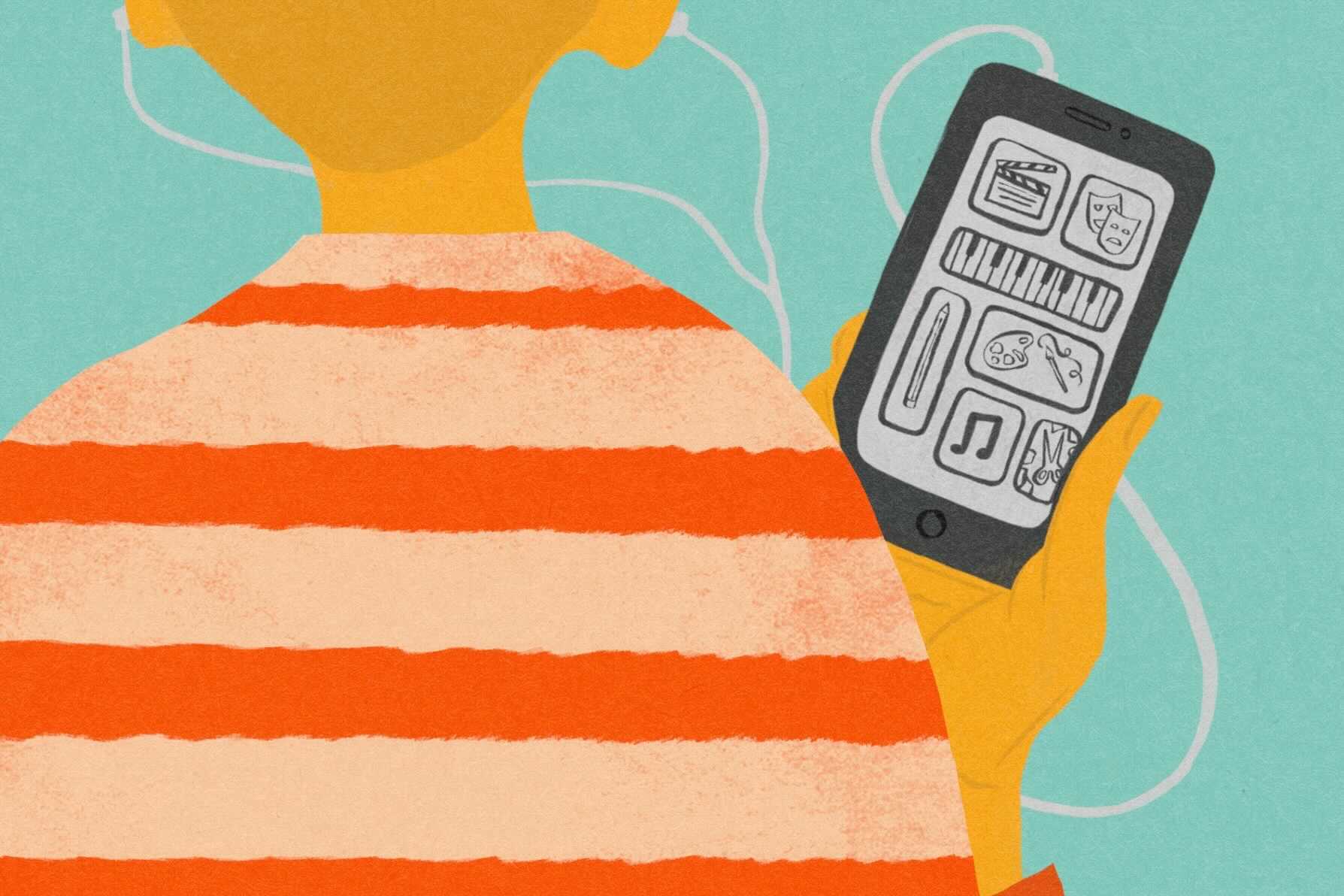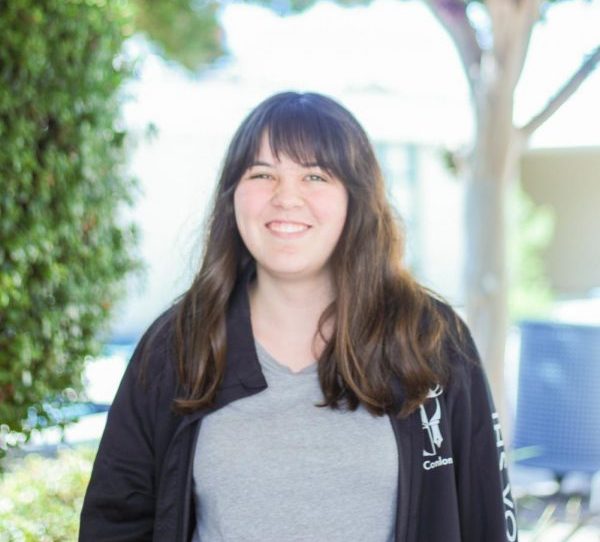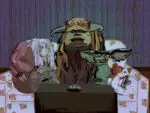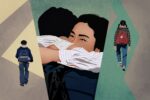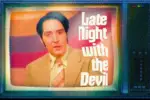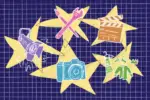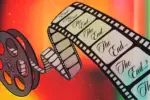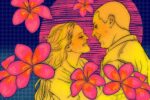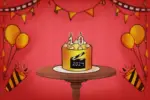The creative arts allow students to express themselves, reflect on the world around them and connect more deeply with their peers. However, amid restrictions imposed by remote learning, it has become harder than ever to interact closely with others and create safe spaces where students can learn their craft. In the face of professional, personal and creative challenges, students and professors have worked together to come up with innovative, adaptive solutions.
The Problems
One serious issue faced by creative arts departments around the country is how to create a communal environment for students in times of self-isolation. Many art forms studied in colleges rely upon teamwork and group feedback, allowing students to develop social skills in tandem with their creative skills. Members of production crews, performing companies and graphic artists are assigned certain tasks and communicate with one another to assemble a project that will be consumed by the public. The support provided by closely-knit communities of fellow artists encourages students to take creative risks and to experiment in different roles within a nonjudgmental environment.
The lack of accessibility to specific resources also limits what professors can teach their students. Photography is one art form that has been affected by the pandemic. Over the course of a given semester, students experiment with special chemicals in on-campus “dark rooms” to develop the photos they take for their assignments. However, the chemicals involved are potentially dangerous if not stored correctly, so students cannot recreate these conditions in their homes. As a result, they miss out on an important trial-and-error process critical to understanding their craft.
Students participating in film and TV production encounter challenges in a similar vein. In specific courses offered around the country, students are taught how to load film. Colleges have been unable to provide these courses because it is a delicate process that requires special equipment.
Exhibiting artwork also became more difficult during the pandemic, especially for students participating in the performing arts. Artwork is made to be presented and experienced; courses such as dance and theater rely heavily on live shows to teach students how to work toward their goals and deliver under pressure. Collaborative companies such as chorales and bands depend on the precise coordination of different sections during in-person practice sessions and performances.
In addition to logistical challenges, students also face emotional and creative problems when they are unable to perform. Dancing, acting or playing music for an audience provides intangible benefits, rewarding the hard work that students put in and establishing a rare connection that feeds energy and creativity.
Most importantly, the shift to remote learning robbed creative arts students of the many benefits that come with the college experience. Students normally form mentoring relationships with professors and seek out networking opportunities they can call on to find employment after graduation. The benefits of these relationships bear personal and professional significance, allowing students to develop their craft and their creative mindset. In finer arts built on technique, teachers give individualized critiques and suggestions to gradually improve students’ skills. Through their experiences in school, students get prepared to take on a cutthroat, competitive industry where they need to constantly improve and adapt in order to make a living. When students cannot speak with potential employers, perform in person or take advantage of on-campus clubs, they miss out on opportunities to showcase their skills and build a standout resume.
The Solutions
Schools around the United States have addressed remote learning issues to various degrees. For example, Stanford students created their own projects and even received grants to fund their creativity during times of remote learning. To receive the grant, the art council encouraged students to publish their artwork on public platforms for others to enjoy. An architecture professor at Arizona State University worked with his class and prepared them for guest experts to advise and critique their work over Zoom. Many of the best results come from flexibility, ingenuity and drive to make students’ educational experience better.
Some students also experienced the practical benefits of remote learning. For example, a group of music students learned how to record themselves both individually and collectively. Listening to and evaluating their practice sessions helped students to improve their craft in multiple ways; sharing recordings allowed them to interact with other students in their orchestra and somewhat reassemble their group dynamic.
Other creative arts students who commuted between locations experienced relief and enjoyed more space in their schedules. They no longer had to take public transportation to multiple locations within a day, exposing the toll that normal college life can have on students. For some, learning over Zoom even proved more comfortable and convenient.
However, many students in the creative arts still require on-campus learning experiences and thus remain at a loss. Dance students practice independently within their homes, sometimes in their rooms or in makeshift studios they built for themselves. Others have elected to forgo a few semesters altogether and defer their education so that they can receive the full benefits of the in-person college experience.
As schools move toward more in-person and hybrid courses, the situation is bound to change and hopefully take off some of the pressures that universities face. In the 2021 fall semester, many dance and theater students have been able to meet and practice together as long as they follow social distancing rules and wear their masks. Also, official facilities on many campuses are open to students who have provided proof of vaccination.
Adaptability and flexibility are built intrinsically into any type of creativity — two things that the pandemic has put to the test. The beauty of pursuing the creative arts is a balancing act between evolving one’s skills and listening to one’s instinct. In crucial ways, the pandemic has allowed students to express themselves and reflect on the world around them in the face of adversity through sheer perseverance.


